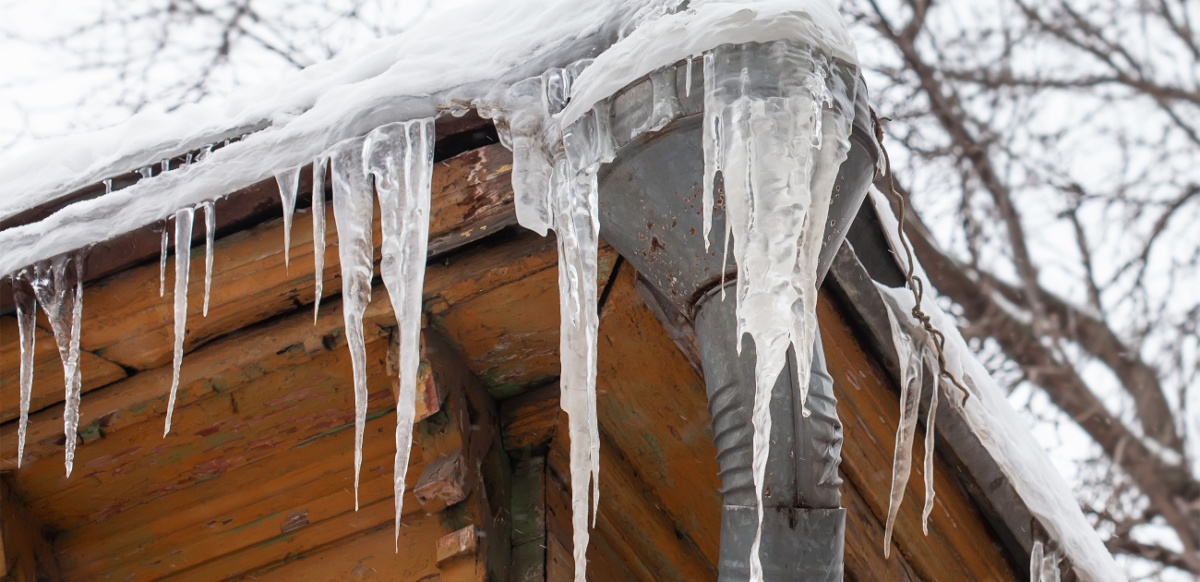Preventing Frozen Plumbing in Winter: Pro Tips
Preventing Frozen Plumbing in Winter: Pro Tips
Blog Article
Just about every person seems to have his or her own theory on the subject of Prevent Frozen Pipes .

Cold weather can ruin your pipes, specifically by freezing pipes. Here's how to prevent it from happening and what to do if it does.
Introduction
As temperature levels decrease, the threat of icy pipes increases, potentially resulting in expensive fixings and water damages. Understanding how to stop icy pipes is essential for home owners in cool climates.
Avoidance Tips
Shielding at risk pipelines
Cover pipes in insulation sleeves or utilize heat tape to safeguard them from freezing temperature levels. Focus on pipes in unheated or outside areas of the home.
Heating strategies
Keep interior spaces adequately heated up, especially areas with pipes. Open up cupboard doors to allow warm air to distribute around pipes under sinks.
Just how to recognize frozen pipelines
Search for decreased water circulation from faucets, unusual smells or noises from pipes, and noticeable frost on subjected pipes.
Long-Term Solutions
Structural adjustments
Think about rerouting pipelines far from outside wall surfaces or unheated locations. Include extra insulation to attic rooms, cellars, and crawl spaces.
Updating insulation
Buy high-quality insulation for pipes, attic rooms, and wall surfaces. Proper insulation helps keep consistent temperatures and minimizes the danger of icy pipes.
Securing Outdoor Plumbing
Garden pipes and outside faucets
Detach and drain garden hose pipes before winter season. Install frost-proof spigots or cover exterior faucets with protected caps.
Recognizing Frozen Pipes
What triggers pipelines to ice up?
Pipes freeze when subjected to temperatures listed below 32 ° F (0 ° C) for expanded periods. As water inside the pipelines ices up, it broadens, taxing the pipeline wall surfaces and potentially creating them to rupture.
Risks and problems
Frozen pipelines can cause water disturbances, property damage, and costly repairs. Burst pipelines can flooding homes and create extensive architectural damages.
Indicators of Frozen Piping
Determining icy pipelines early can avoid them from bursting.
What to Do If Your Pipes Freeze
Immediate activities to take
If you believe icy pipelines, maintain taps open to soothe pressure as the ice melts. Make use of a hairdryer or towels taken in hot water to thaw pipelines gradually.
Conclusion
Avoiding icy pipelines needs proactive procedures and fast feedbacks. By understanding the causes, indicators, and preventive measures, homeowners can secure their pipes throughout winter.
6 Proven Ways to Prevent Frozen Pipes and Protect Your Home
Disconnect and Drain Garden Hoses
Before winter arrives, start by disconnecting your garden hoses and draining any remaining water. Close the shut-off valves that supply outdoor hose bibs and leave the outdoor faucet open to allow any residual water to drain. For extra protection, consider using faucet covers throughout the colder months. It’s also important to drain water from any sprinkler supply lines following the manufacturer’s directions.
Insulate Exposed Pipes
Insulating your pipes is an effective way to prevent freezing. Pipe insulation is readily available at home improvement stores and is relatively inexpensive. Pay close attention to pipes in unheated areas such as the attic, basement, crawl spaces, or garage. Apply foam insulation generously to create a buffer against the cold. You can also wrap your pipes in heat tape or thermostat-controlled heat cables for added warmth.
Seal Air Leaks
Inspect your home for any cracks or openings that could let in cold air. Seal any holes around the piping in interior or exterior walls, as well as the sill plates where your home rests on its foundation. Additionally, make sure to keep your garage door closed unless you’re entering or exiting. Leaving it open creates a significant air leak that can lead to frozen pipes.
Allow Warm Air Circulation
During cold snaps, it’s essential to allow warm air to circulate evenly throughout your home. Leave interior doors ajar to promote better airflow. Open kitchen and bathroom cabinets to help distribute heat consistently around the rooms. If you have small children or pets, be sure to remove any household chemicals or potentially harmful cleaners from open cabinets for safety.
Let Faucets Drip
A small trickle of water can make a big difference in preventing ice formation inside your pipes. When temperatures drop significantly, start a drip of water from all faucets served by exposed pipes. This continuous flow helps prevent the water from freezing. Additionally, running a few faucets slightly can relieve pressure inside the pipes, reducing the chances of a rupture if the water inside does freeze.
https://choateshvac.com/6-proven-ways-to-prevent-frozen-pipes-and-protect-your-home/

I am very eager about Prevent Frozen Pipes and I am praying you enjoyed my article. Enjoyed our blog entry? Please quickly share it. Help someone else locate it. Many thanks for being here. Come back soon.
Book Report this page